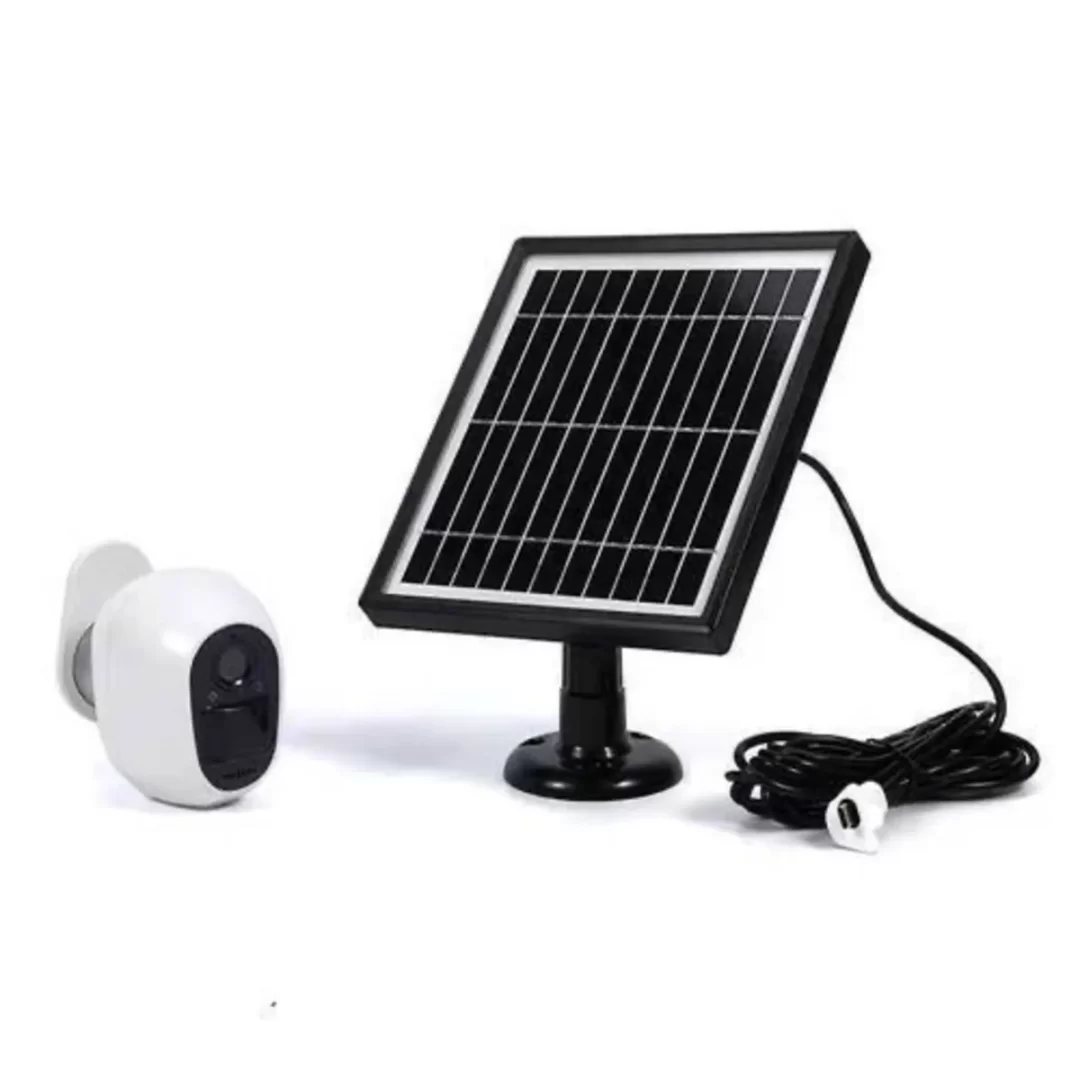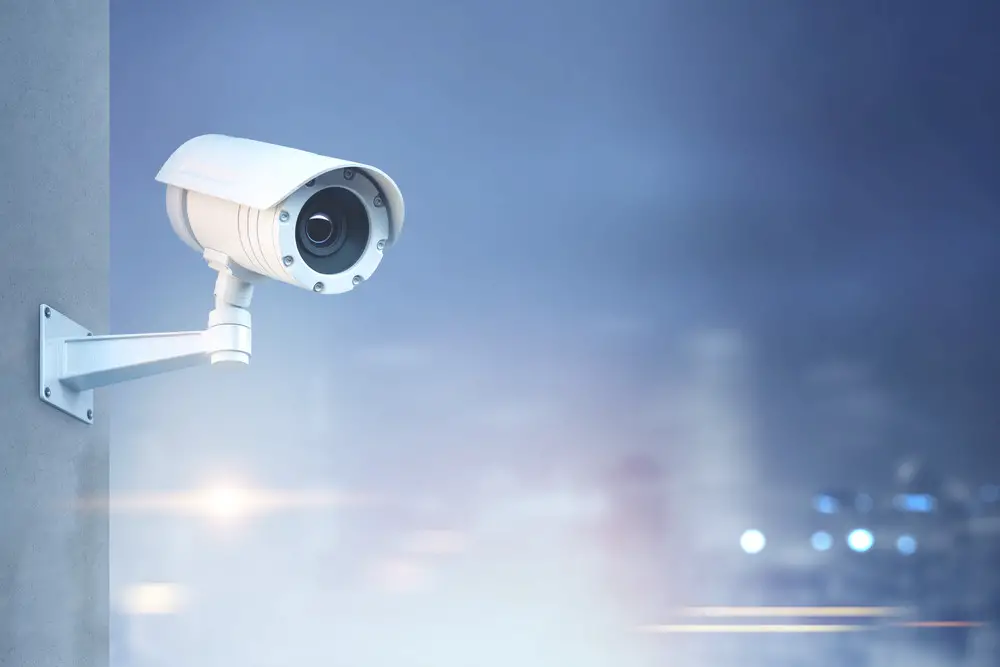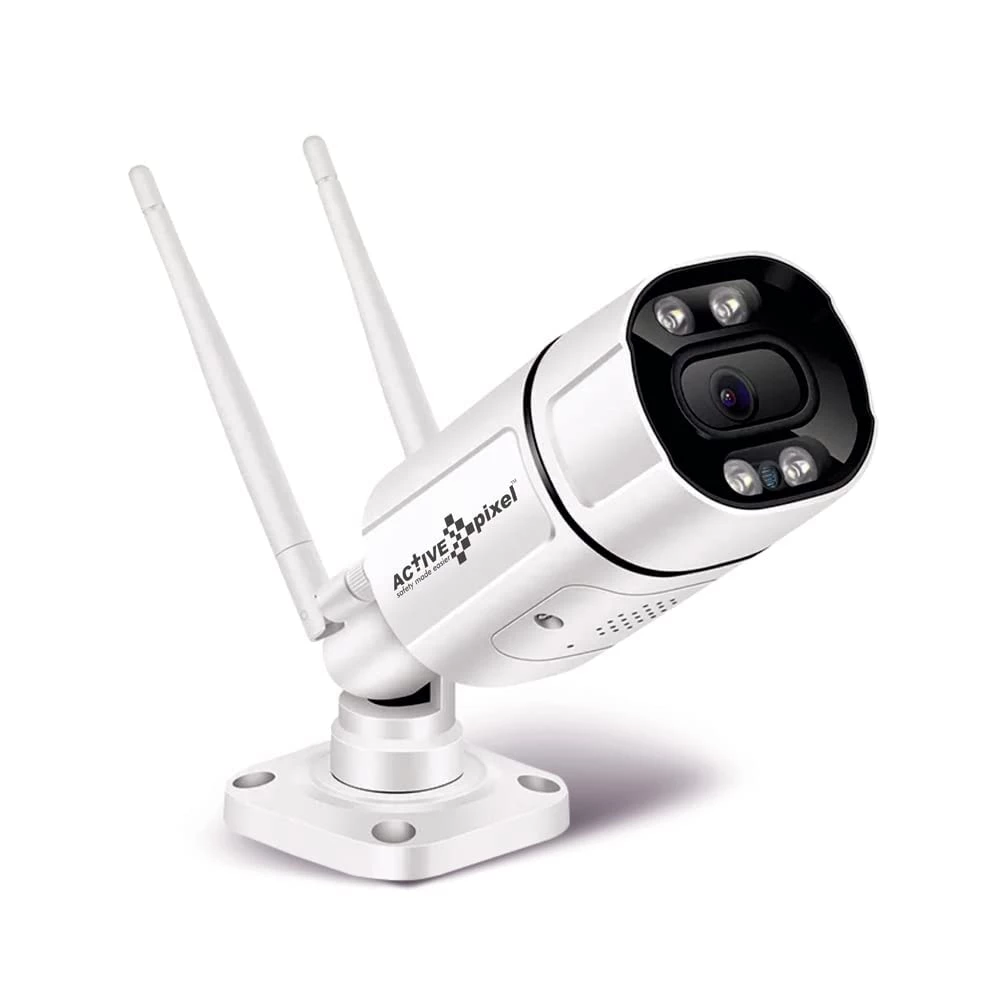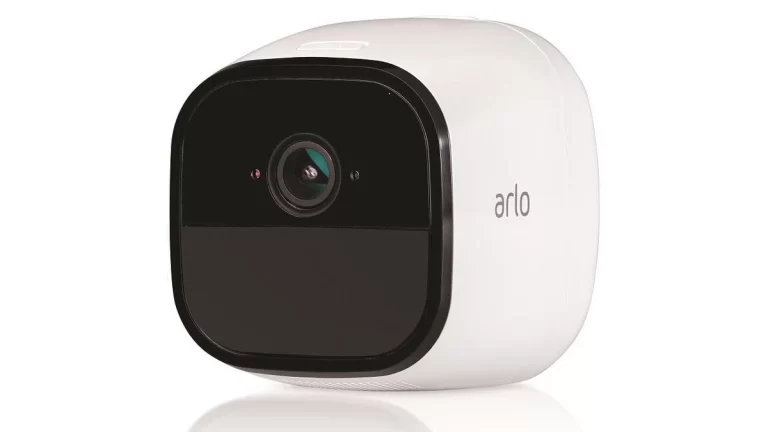Can CCTV Work Wirelessly? Key Considerations
Can CCTV work wirelessly? Discover the possibilities of wireless CCTV systems and explore whether they can effectively function wirelessly. Learn about the benefits, limitations, and key considerations of implementing wireless CCTV technology in this comprehensive article.

Can CCTV Work Wirelessly?
Wireless technology has revolutionized the way we interact with various devices, providing convenience and flexibility.
When it comes to CCTV systems, the concept of going wireless brings several benefits, making it an attractive option for many businesses and homeowners.
However, it’s important to consider certain factors before making the switch. Let’s explore the topic further.
The Advantages of Wireless CCTV Systems
Wireless CCTV systems offer numerous advantages that make them a compelling option for security surveillance. Here are some key benefits:
1. Flexibility and Ease of Installation
Wireless CCTV systems eliminate the need for extensive wiring, which can be time-consuming and disruptive.
With wireless cameras, you can easily install them in desired locations without the limitations imposed by physical connections. This flexibility allows for quick deployment and relocation as per your security needs.
2. Scalability and Expandability
Wireless CCTV systems offer scalability, allowing you to add or remove cameras as required.
This feature is particularly beneficial for businesses that anticipate future growth or need to adjust their surveillance requirements.
With wireless technology, expanding or modifying your security setup becomes more convenient and cost-effective.
3. Remote Monitoring and Accessibility
One of the standout advantages of wireless CCTV systems is the ability to access live feeds remotely.
Through a secure internet connection, you can monitor your premises from anywhere using your smartphone, tablet, or computer.
This remote accessibility enhances convenience and peace of mind, enabling you to keep a close eye on your property even when you’re away.
4. Reduced Risk of Tampering
Traditional wired CCTV systems are susceptible to tampering, as intruders can cut the cables to disable cameras. Wireless systems eliminate this vulnerability by relying on encrypted signals transmitted wirelessly.
This makes it harder for intruders to disrupt surveillance and enhances the overall security of your premises.
5. Aesthetics and Discreet Monitoring
For those who prioritize the visual appeal of their premises, wireless CCTV systems offer a solution. The absence of visible cables provides a cleaner and more aesthetically pleasing installation.
Wireless cameras can blend seamlessly into the environment, ensuring discreet monitoring without compromising security.
6. Cost Savings
While wireless CCTV systems may require a higher initial investment compared to their wired counterparts, they offer potential long-term cost savings.
The absence of wiring eliminates the need for extensive installation labor and materials, reducing overall expenses.
Additionally, the scalability and flexibility of wireless systems prevent the need for rewiring in case of expansions or relocations.
Key Considerations for Wireless CCTV Systems

Before implementing a wireless CCTV system, it’s essential to be aware of the potential challenges and considerations. Here are some key factors to keep in mind:
1. Signal Interference and Range Limitations
Wireless CCTV systems rely on radio frequency signals, which can be susceptible to interference from other electronic devices or physical obstacles.
The range of wireless cameras may also be limited depending on the environment. It’s crucial to conduct a thorough site survey and ensure proper signal strength and coverage for optimal performance.
2. Network Security and Data Encryption
As with any wireless technology, network security is of utmost importance. It’s essential to implement robust security measures to protect your CCTV system from unauthorized access.
Encryption protocols, strong passwords, and regular firmware updates are vital to safeguard your data and ensure the integrity of your surveillance network.
3. Power Source and Battery Life
Wireless cameras require a power source to function, whether through batteries or electrical outlets. It’s important to consider the power requirements of your cameras and ensure an uninterrupted power supply.
Additionally, if you opt for battery-powered cameras, be mindful of their battery life and implement a reliable maintenance and replacement schedule.
4. Bandwidth and Internet Connectivity
Remote access and live streaming of CCTV footage rely on a stable and robust internet connection. High-definition cameras and multiple camera feeds can consume significant bandwidth.
Ensure that your network infrastructure can handle the data traffic generated by your wireless CCTV system, preventing any degradation in performance or interrupted connectivity.
5. Weatherproofing and Environmental Factors
Outdoor wireless cameras need to withstand various weather conditions, including rain, snow, and extreme temperatures.
It’s crucial to choose cameras specifically designed for outdoor use and ensure they have appropriate weatherproofing ratings.
Additionally, consider environmental factors such as dust, humidity, and potential vandalism when selecting and installing wireless CCTV cameras.
6. Regulatory Compliance and Legal Considerations
Depending on your jurisdiction, there may be specific regulations and legal requirements for implementing CCTV systems.
It’s essential to familiarize yourself with applicable laws, such as privacy regulations, camera placement restrictions, and data retention guidelines.
Complying with these regulations ensures your CCTV system is legally sound and respects individuals’ privacy rights.
Conclusion
Can CCTV work wirelessly? Wireless CCTV systems present exciting possibilities for enhancing security and surveillance. Their flexibility, scalability, and remote accessibility make them an appealing option for various applications.
However, it’s crucial to consider signal interference, network security, power requirements, and other factors before implementing a wireless CCTV system.
By understanding the advantages, limitations, and key considerations, you can make an informed decision that aligns with your specific security needs.
READ ALSO!!!






